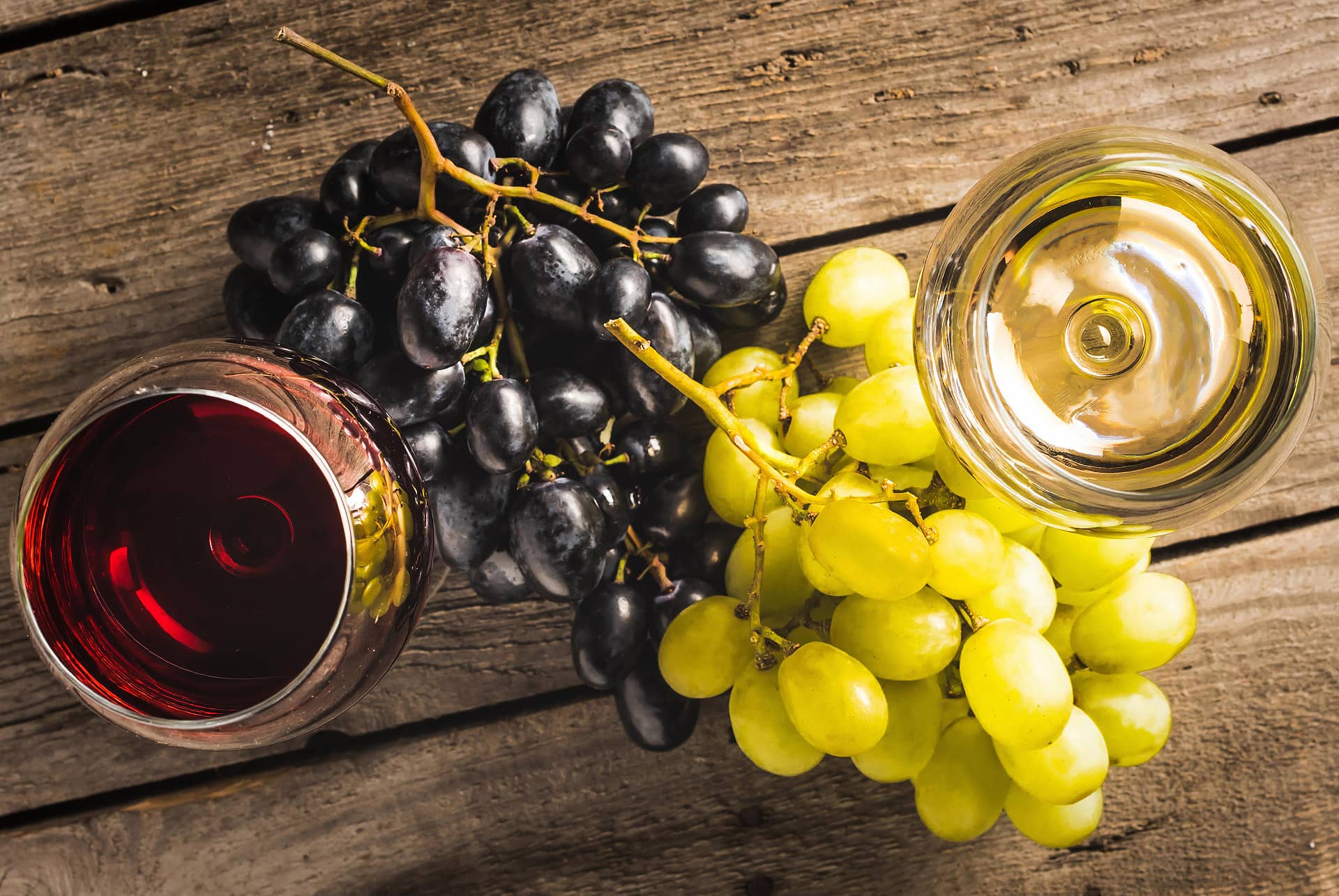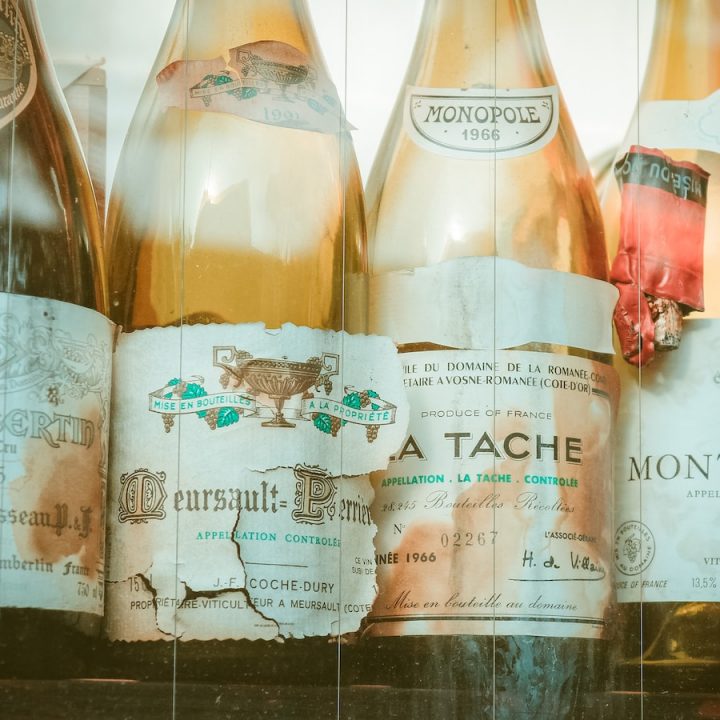Not all wine is the same. The most beautiful stimulant is more multifaceted than you think. In this article we will introduce you to the seven most common types of wine.
White wine
White wines are mainly made from green grape varieties (e.g. Riesling, Sauvignon Blanc or Chardonnay). After crushing the berries, the juice is separated from the berry skins and seeds. This is done gently so that no tannins (tannin) are released from the skins and the seeds. White wine produced from red or blue grape varieties is called Blanc de Noir (white from blacks).
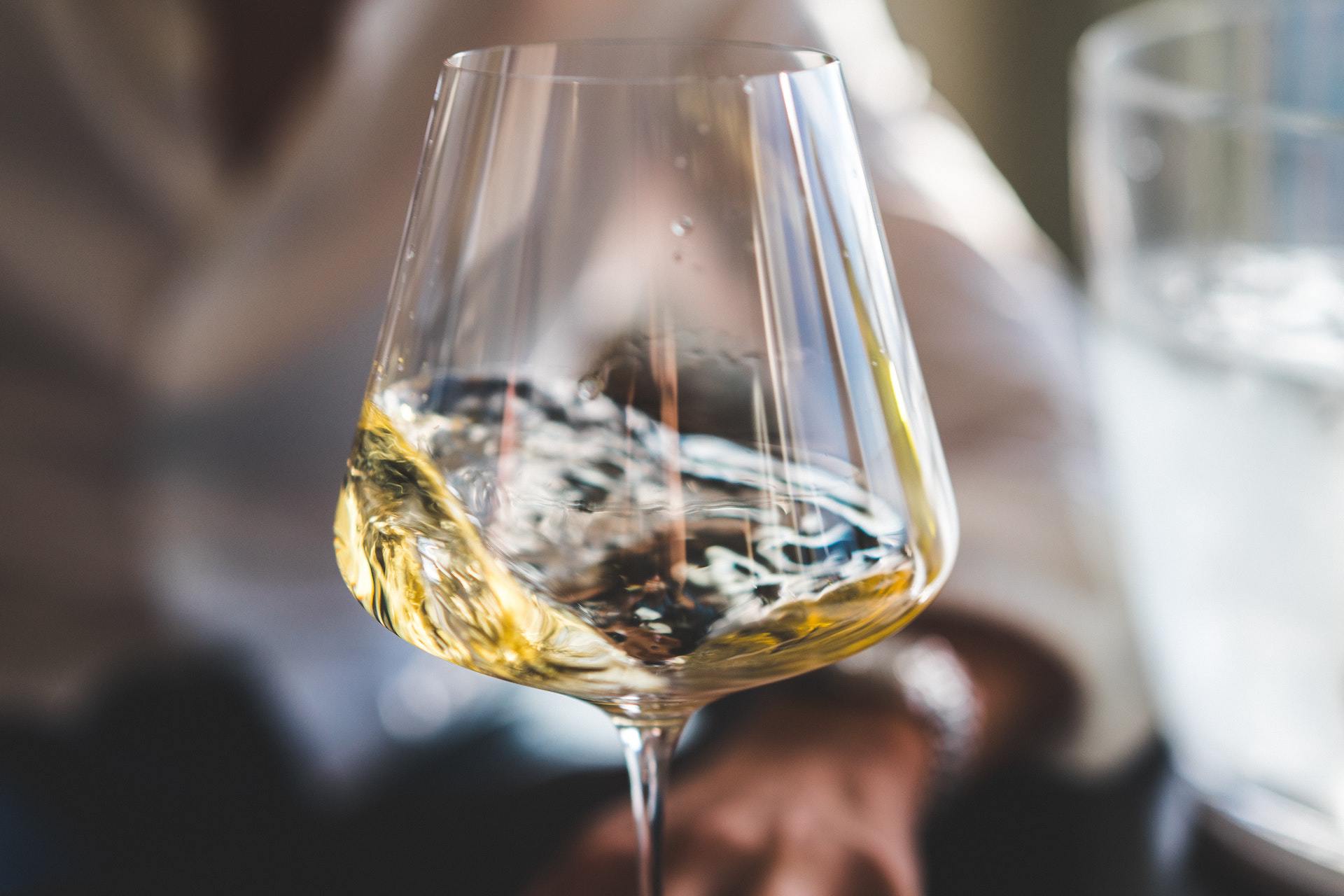
Red wine
Unlike white wines, red wines are fermented on the mash. Over time, more and more tannins are released from the skins and grape seeds and pass into the wine. The dissolved pigments from the berry skin give the red wine its color. They are mostly aged in wooden barrels and in contact with oxygen: The dissolved tannins serve as oxidation inhibitors and prevent the wine from overturning.
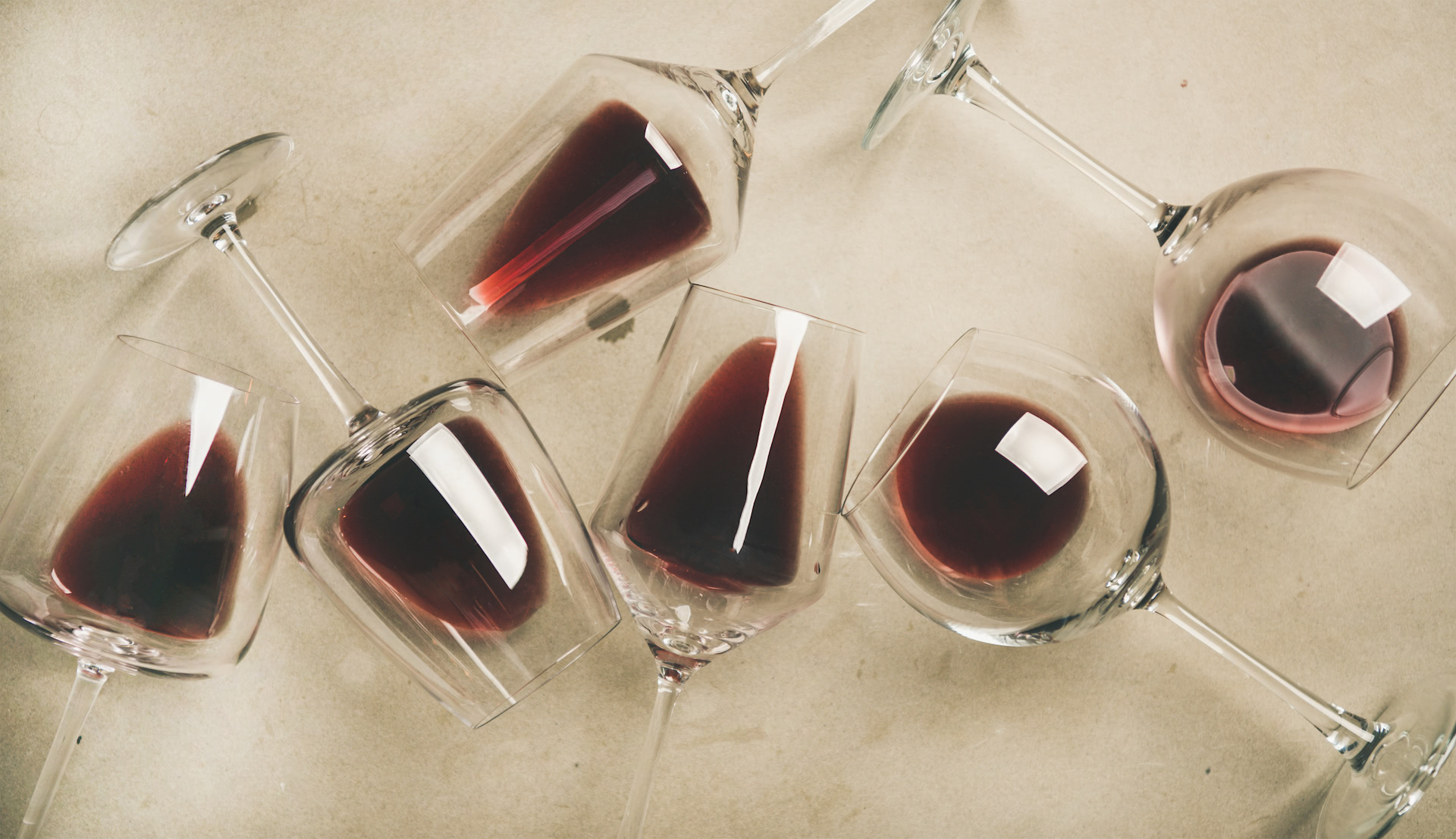
Rosé wine
The rumor persists that rosé wines are a mixture of red and white wines. This procedure is not permitted for still wines from the EU. In fact, there are several methods of production of rosé, but this would go beyond the format of this article. Rosé wines are made almost like red wines, but are on the mash for a shorter time. Due to the short skin contact, only a few colorants are released from the berry skin. The color of a rosé gives information about the length of the standing time. This can vary from a few hours to several days.

Sparkling wine
The family of sparkling wines includes sparkling wine, cava*, crémant or champagne. Prosecco* spumante is also one of them. The basis for a sparkling wine is a still wine. Often a cuvée of several base wines. The classic champagne method is reserved only for high-quality sparkling wines. Cheap representatives of this type of wine are produced by tank fermentation method. These do not enjoy the advantages of traditional bottle fermentation. Sparkling wines must have a carbon dioxide overpressure of at least 3 bar and an alcohol content of at least 9.5% by volume.
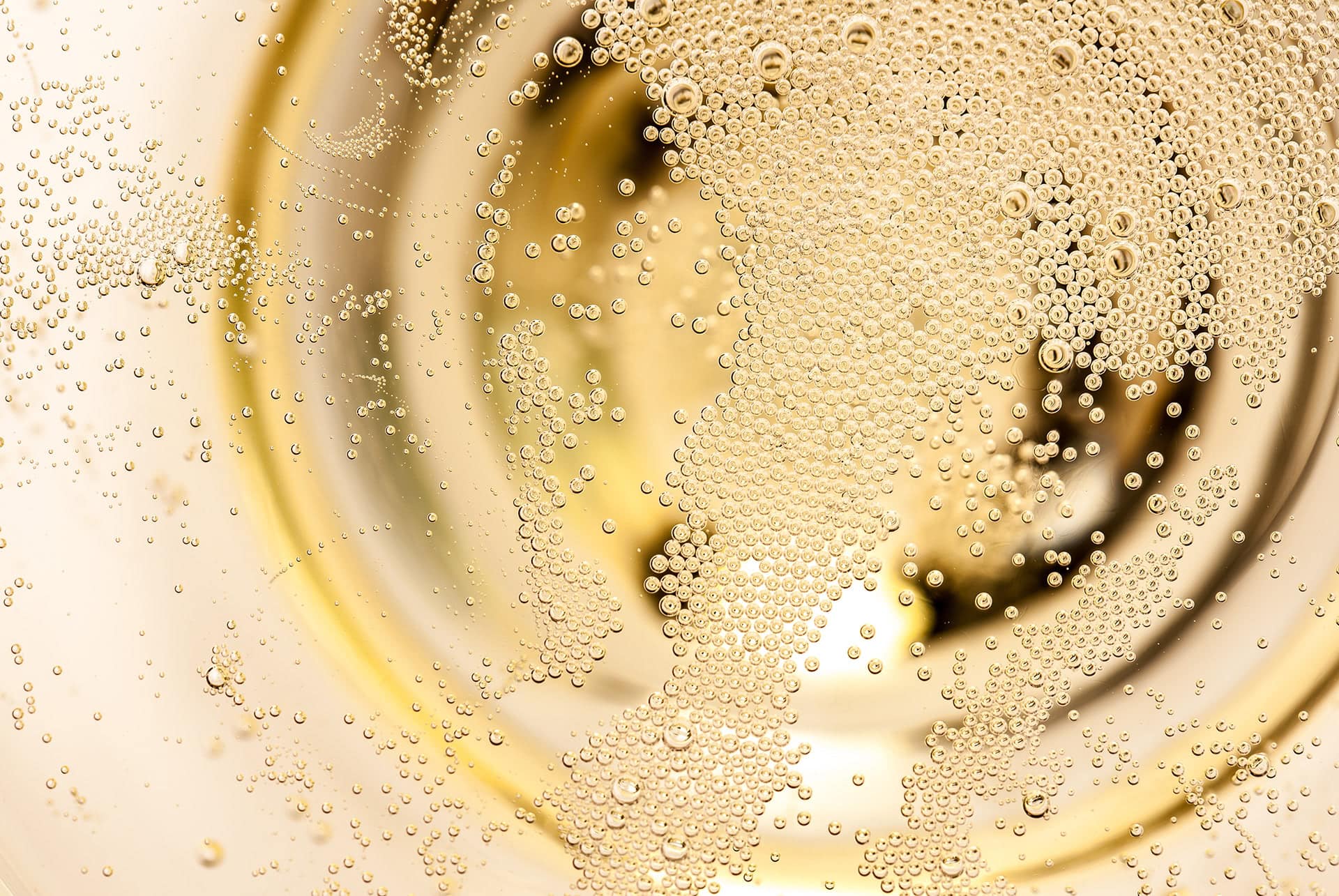
Pearl wine
They are the little siblings of sparkling wines and are also called semi-sparkling wines. Unlike their big brothers, the carbonic acid pressure of sparkling wine is between 1 and 2.5 bar. In most cases, they are effervescent and do not develop their own carbonation. The process is familiar to anyone who addsCO2 to their own sparkling water at home. They can also obtain their pearly character through a second fermentation (e.g. in the bottle). This process is more complex and is therefore only used for high quality sparkling wines.
Dessert wines
If you think of sweet wines as sweet sugar waters, you’re wrong. They are true treasures of winemaking and are not usually found on supermarket shelves, but only at specialized retailers. Dessert wines are rich in extract and harvested from fully ripe grapes. The berries for such wines are wholly or partially affected by the noble rot Botrytis cinerea attacked. In noble sweet wines, the cellar master stops fermentation prematurely, which is why they have a high sugar content and low alcohol. (Trocken-)Beerenauslesen or ice wines do not often have more than 100 g of residual sugar per liter.
Liqueur wine
They belong to the group of dessert wines, but differ significantly in taste and production. Liqueur wines – unlike other dessert wines – usually age in barrels, giving them a warm aroma spectrum. Another difference is that the cellar master stops fermentation by adding high-proof alcohol, which kills the yeasts. For this reason, liqueur wines have a high sugar and alcohol content at the same time. The best known representatives are sherry and port.
